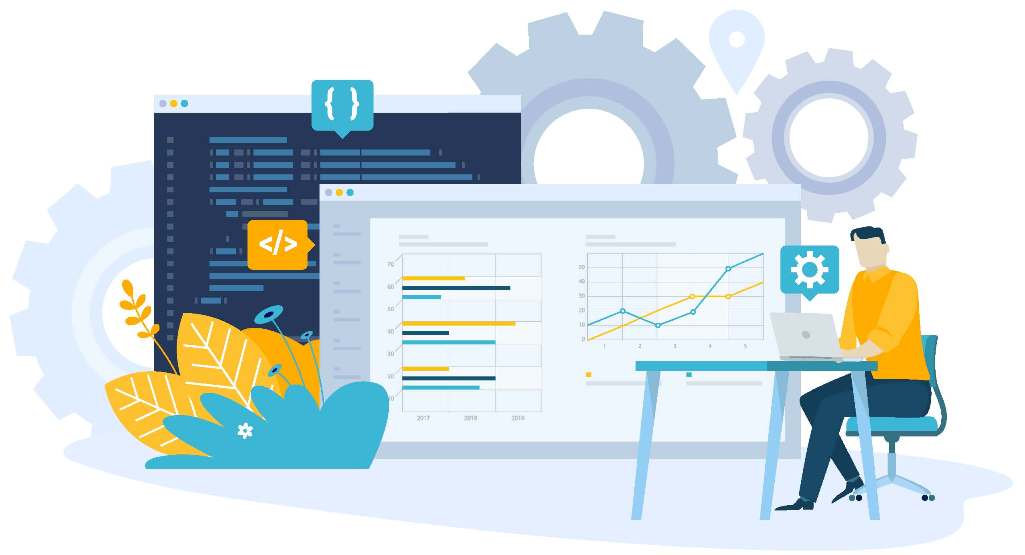Introducing The Top 10 Tests For Software Engineers
The Various Economic Problems That Have Affected Businesses Due To The Spread Of The Corona Virus Have Caused The Pattern Of Recruitment And Employment To Change To A Great Extent, And Companies Seek To Recruit People Who Have Different Expertise In Related Fields.
For example, suppose the main task of software engineers and programmers was limited to coding in the past, today. In that case, companies expect software engineers to have sufficient information regarding software quality and tests.
Accordingly, if you are looking to find a job in a large organization and send an application with complete preparation for the required assignments, you must have enough information about the software tests we mention in this article.

Regression test
Regression testing is a way to evaluate and test software. The purpose is to find new software bugs or regressions in different parts of the software and continue to apply changes such as optimization, changes in software configuration, and code editing. Regression testing aims to ensure that new changes, such as those mentioned, do not cause new defects and errors in the software. One of the main reasons for doing regression testing is to determine whether a change in one part of the system will affect other parts.
Admission test
In engineering sciences, acceptance testing is a test that determines whether the pre-specified requirements or the requirements in the contract have been met or not. The admission test can include physical tests and performance tests.
Systems engineering
In Systems Engineering, the acceptance test can include a black box test before the presentation. In the software testing topic, ISTQB, acceptance is defined as: “a formal test concerning the needs, requirements, and business process performed to determine whether the system meets the acceptance criteria and the user, customer, and other entities accept the system.” It will be done whether they accept it or not.”
White box testing
White-box testing is a set of software tests in which, unlike black-box testing, attention is paid to the macro function of the software system and its source code structure. In white box testing, implementations within the software are considered regardless of expected output or predetermined specifications. This type of test aims to find unwanted errors such as infinite loops, paths of code that are never executed due to logical code errors, and so on. White box test design techniques include code-oriented criteria, control flow testing, data flow testing, branching testing, initial path testing, path testing, and selection-oriented tests.
The basic procedures of white box testing require a tester to have in-depth knowledge of the source code under test. The programmer must understand the application deeply to know what test cases to create so that every visible path in the application is properly tested. When the application code is well understood, suitable test cases are selected by analyzing the source code.
In the following, the three primary stages that the white box test goes through to select the test cases are mentioned in order:
- Input includes requirements, performance specifications, detailed design documentation, appropriate source code, and security specifications. This stage prepares white-box tests to find all the preliminary information.
- The process includes conducting risk analysis to guide the entire testing process, appropriate test plan, execution of tests, and communication of results. This phase is the construction of the test cases to ensure that they thoroughly test the application and the given results are recorded accordingly.
- The output includes preparing a final report with all the above practices and results.
Real-time test
Real-time testing is the process of testing real-time computer systems. Software testing is done to know and help correct computer software errors. The test verifies that the software is error-free and checks the appropriate and necessary performance for the user. Static and conventional testing methods can reveal errors, but such techniques may not have the desired result in real-time systems. Real-time systems have stringent time constraints. These systems must apply task scheduling based on time constraints. Conventional methods are unsuitable for analyzing such time constraints, so the importance of real-time testing is revealed.
As real-time system testing becomes increasingly critical, tools are also designed for such tests, including MSC (message sequence diagram). .), SDL (is a standard used for design and analysis and supports the characteristics of complex systems and is used in many fields such as communication and automation to standard software development), TTCN (testing and test control notation is the only standardized language and International Test.) and TTCN3 (provides a broader application compared to previous versions of TTCN which focused explicitly on OSI protocols.) noted.
A/B test
A/B testing is the process used to determine which of the two features, “A” and “B,” is more appropriate. In A/B tests, two different implementations are presented as a test to two groups of users. Comparing the results obtained from the groups can help to choose the most appropriate implementation.
Data-driven testing
Data-driven testing is a software testing method that is used in computer software testing to describe the tests performed using a table of conditions that can be directly verified as inputs and outputs so that the process of setting and controlling the environment as Non-dynamically coded is not done; it is used. In the simplest possible form, the tester provides inputs from a row in the data table of interest and expects the outputs in the same row to be observed when the test is run. The test data table typically has values corresponding to the bounded or partitioned input spaces. In the control method, test configuration information is retrieved from a database.
unit test
Unit testing in computer programming is software testing in which “individual units of source code” are tested to determine whether they are compatible. Herein, “individual unit of source code” means a collection of one or more computer program modules and associated control data, usage procedures, and operating systems. Unit tests are typically automated tests written and executed by a software developer to ensure that a part of an application (called a “unit”) meets the design and behaves as expected.
Unit testing is a method of testing small units of program source code and ensuring they work correctly; In this method, the correctness of each part of the code, called a “unit,” is evaluated using other codes written by the programmer.
Software developers commonly use unit tests. The way of unit testing can vary from evaluating the result on paper to the automatic execution of several tests by the program and the analysis of their results by the program itself. Ideally, each test is independent of the others.

